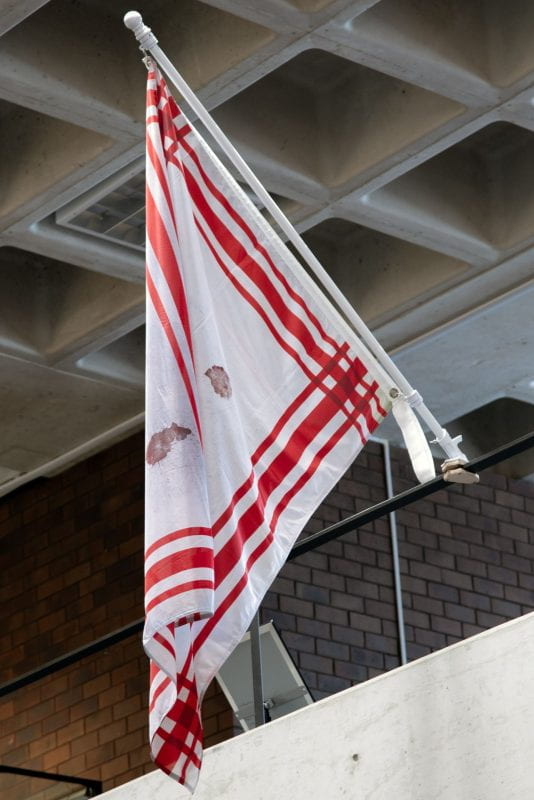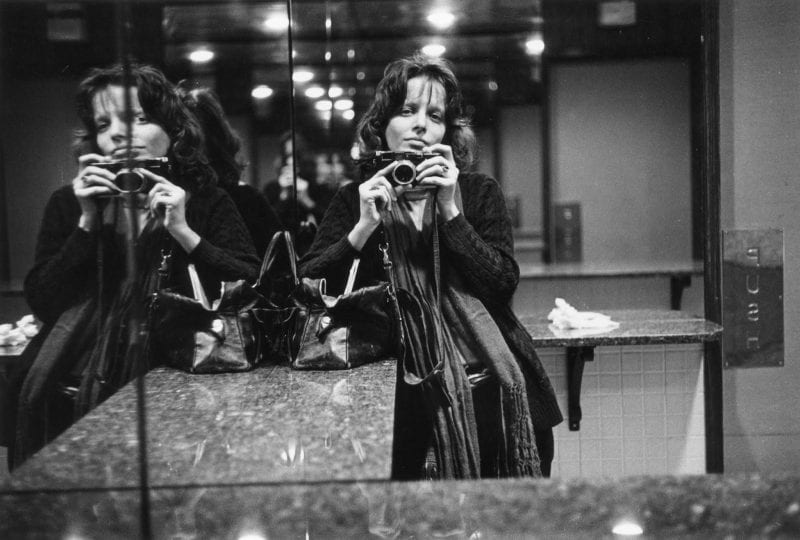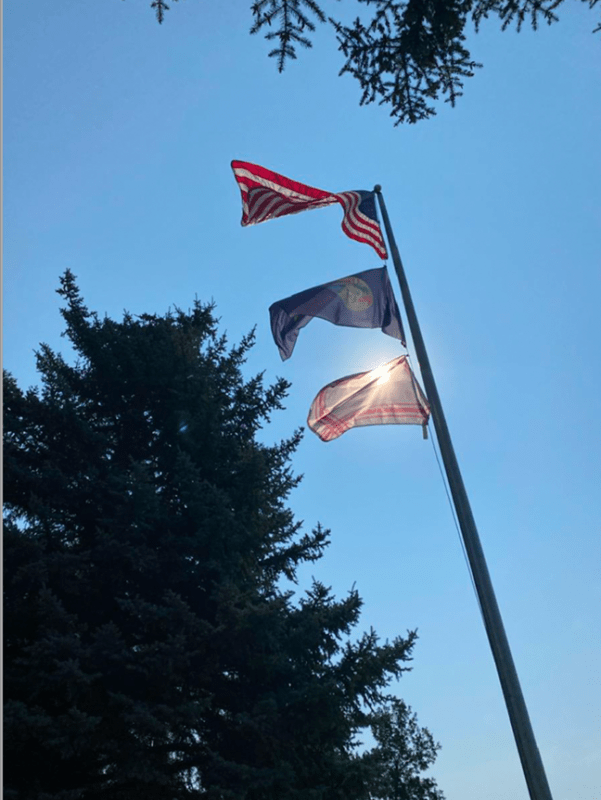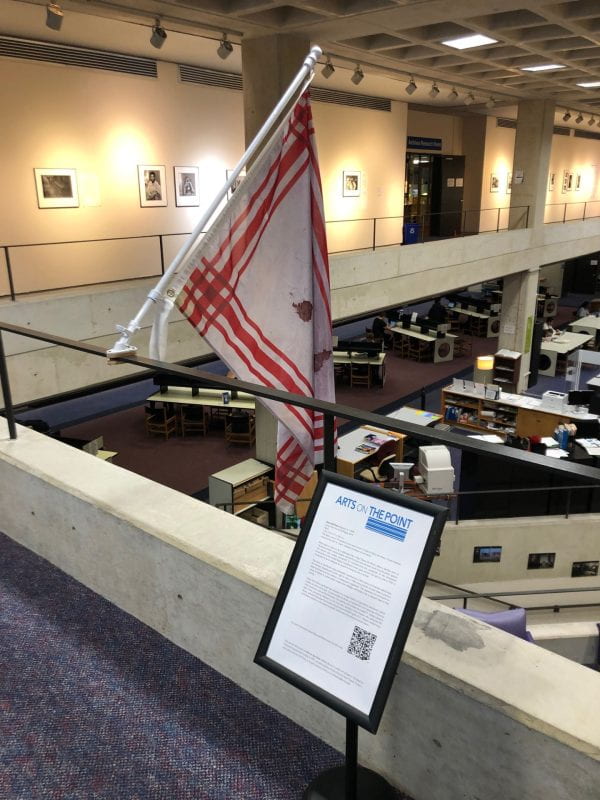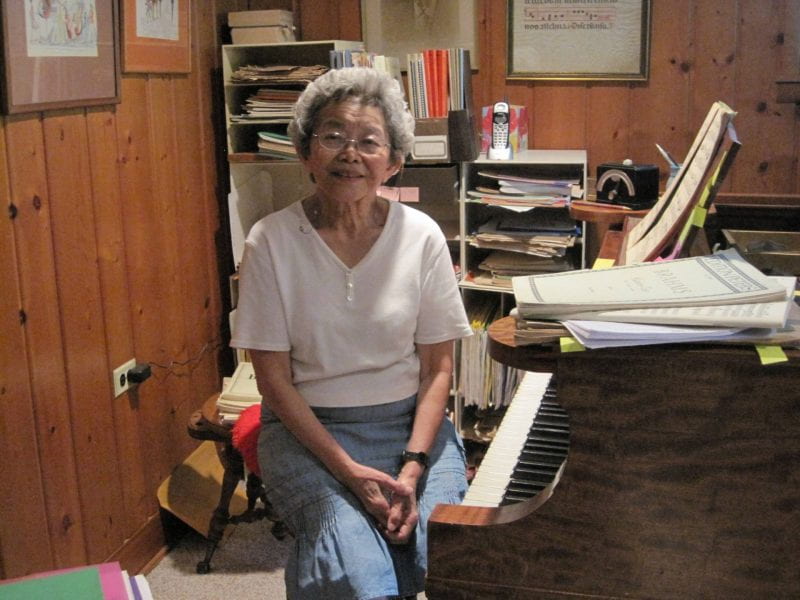Guest author: Susan Steele, Director of TIARA’s Foresters Project
An appropriate story for St. Patrick’s Day? How about one involving a fraternal life insurance society founded by a group of Irish immigrants, an Irish genealogy group, and a university based in a state with one of the highest percentages of people claiming Irish ancestry!
Partners in Progress: It’s Not Just the Numbers
No, it’s not just the numbers… although they are impressive: 100 years of history, 80,000 records, 37,000 index entries, seventy volunteers, and thousands of hours in a twenty-year project involving three organizations!
Let’s Start with the Organizations
The Massachusetts Catholic Order of Foresters (now known as the Catholic Association of Foresters) was founded in 1879 as a fraternal organization that provided life insurance for its members. The organization also offered social and religious activities. In 2004, prompted by a decision to move to smaller headquarters, the Catholic Association of Foresters contemplated sending one hundred years of records to the shredder.
Saved from the Shredder
In 2003, TIARA (The Irish Ancestral Research Association) became aware of the historical and genealogical value of the Foresters mortuary records (life insurance policies). The following year, TIARA negotiated an agreement to take custody of the records. Hundreds of boxes were moved, and TIARA began a seven-year project of foldering, indexing, and arranging for the scanning of more than 20,000 mortuary records.
The Records Find a New Home
TIARA occupied basement-level office space and had several close calls with water leaks. Finding a permanent home for the Foresters records was a project goal. In 2011 this goal was achieved when the records were placed in the University Archives and Special Collections department in UMass Boston’s Healey Library. TIARA was honored for its preservation work with the first Joseph P. Healey Library Community Archives Award.
Partners in Progress
The award also recognized a growing partnership. When the records moved to University Archives and Special Collections, TIARA’s Foresters Project volunteers accompanied them. Volunteers continued to index the collection. Later, the development of a website data entry program enabled volunteers to work offsite. The year 2023 marks the twentieth anniversary of TIARA’s Foresters Project! Twelve of those years have been spent in a mutually beneficial relationship with UMass Boston.
From the Numbers to the Stories
What kept the project going for twenty years? It’s the stories contained in the records. In 2003, TIARA volunteers could open a mortuary record envelope and learn information about a great grandparent’s life.
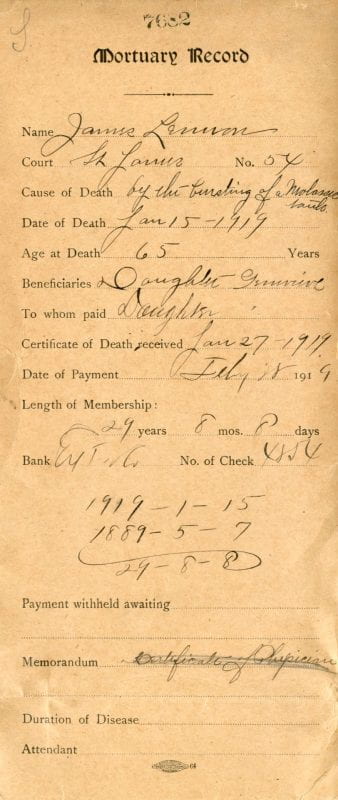
In papers signed by an ancestor they could find a physical description, occupation, place of birth, local address, and the name of a friend. These envelopes containing life insurance applications also included correspondence, death certificates, and beneficiary information with names and ages of additional family members. In the years that TIARA held the records, volunteers answered requests for copies of more than 600 records. An early request introduced us to history broader than family knowledge.
Local Legend Becomes Reality
James Lennon’s cause of death was “by the bursting of a molasses tank.” Could this be the famous incident in the North End of Boston? James Lennon’s application page was filled with family history information but gave no hint of what was to come.

A City of Boston death certificate included in the mortuary record, along with a search for newspaper articles, verified our conjecture. James’ multiple injuries were caused by the bursting of the molasses tank in the North End on January 15, 1919. Sorting by that death date, we found four more Foresters who died in the huge wave of molasses. Each of their stories lent more details to our knowledge of the incident.

There will be future blog posts covering family history and a broad range of historical events contained in the Massachusetts Catholic Order of Foresters collection. Learn more about TIARA’s Foresters Project or search the Foresters Records Index. Contact library.archives@umb.edu to request access to the Foresters records.
A final St. Patrick’s Day fact: if you enter “Ireland” in the “Presumed Country of Birth” category in the search form and leave the rest of the form blank, you will see more than 11,000 results. And those results just cover Foresters deaths through 1935!
